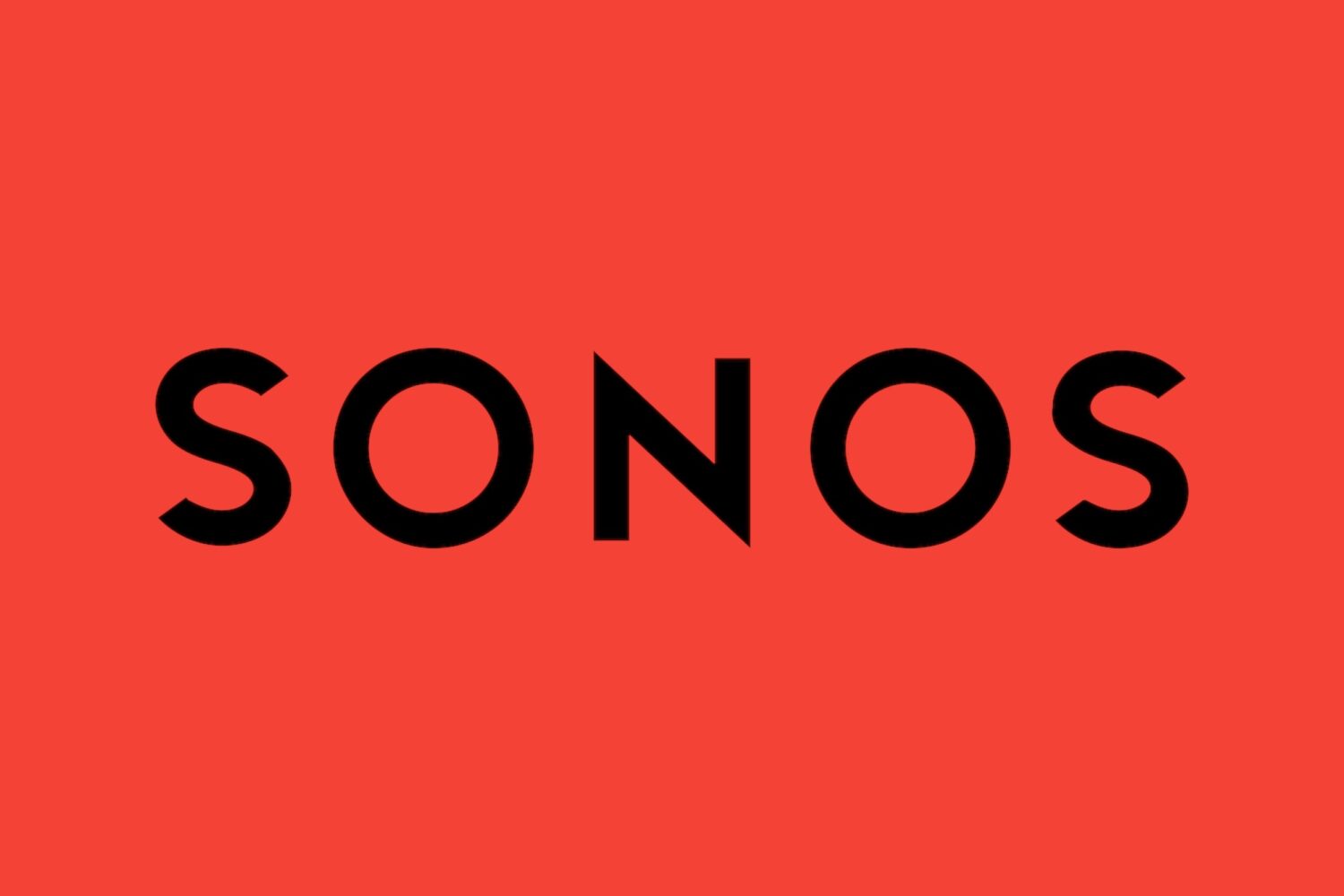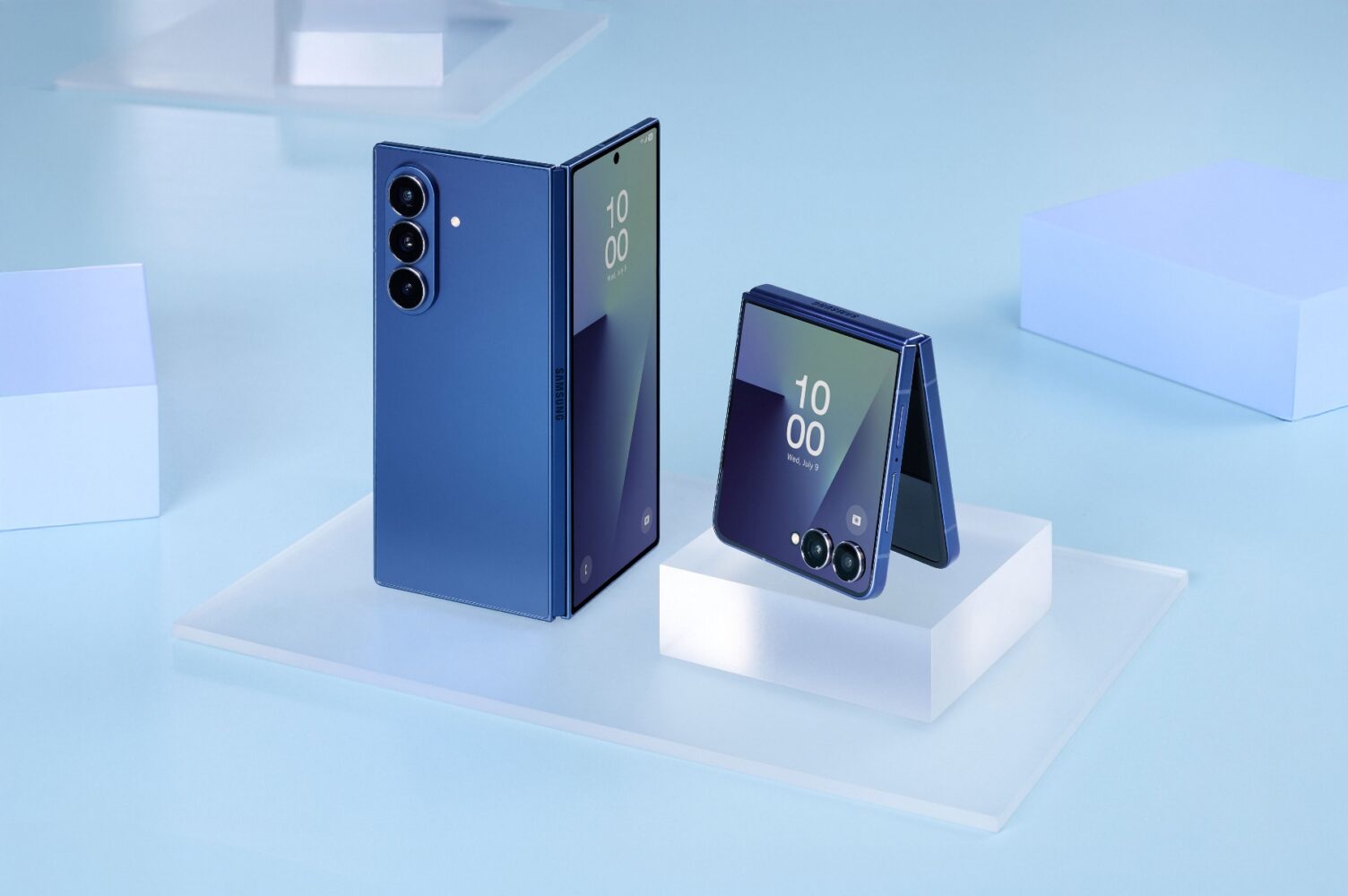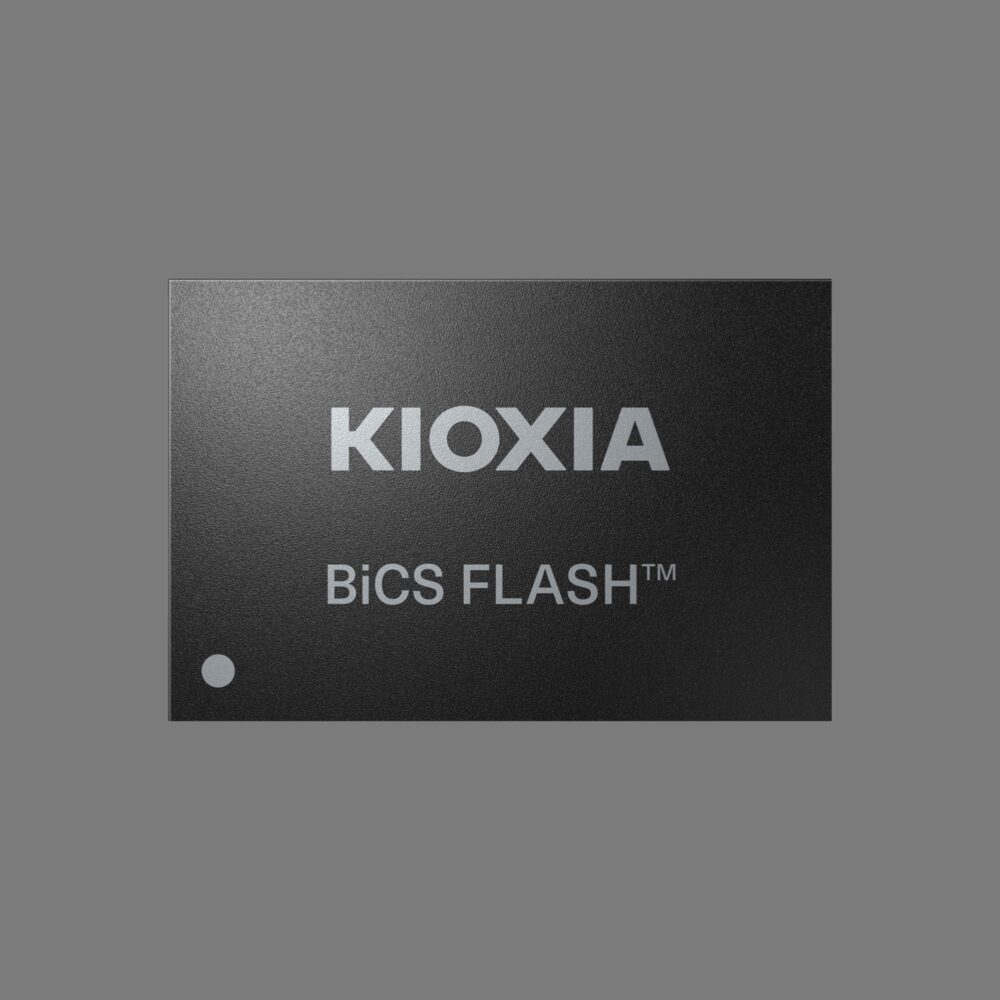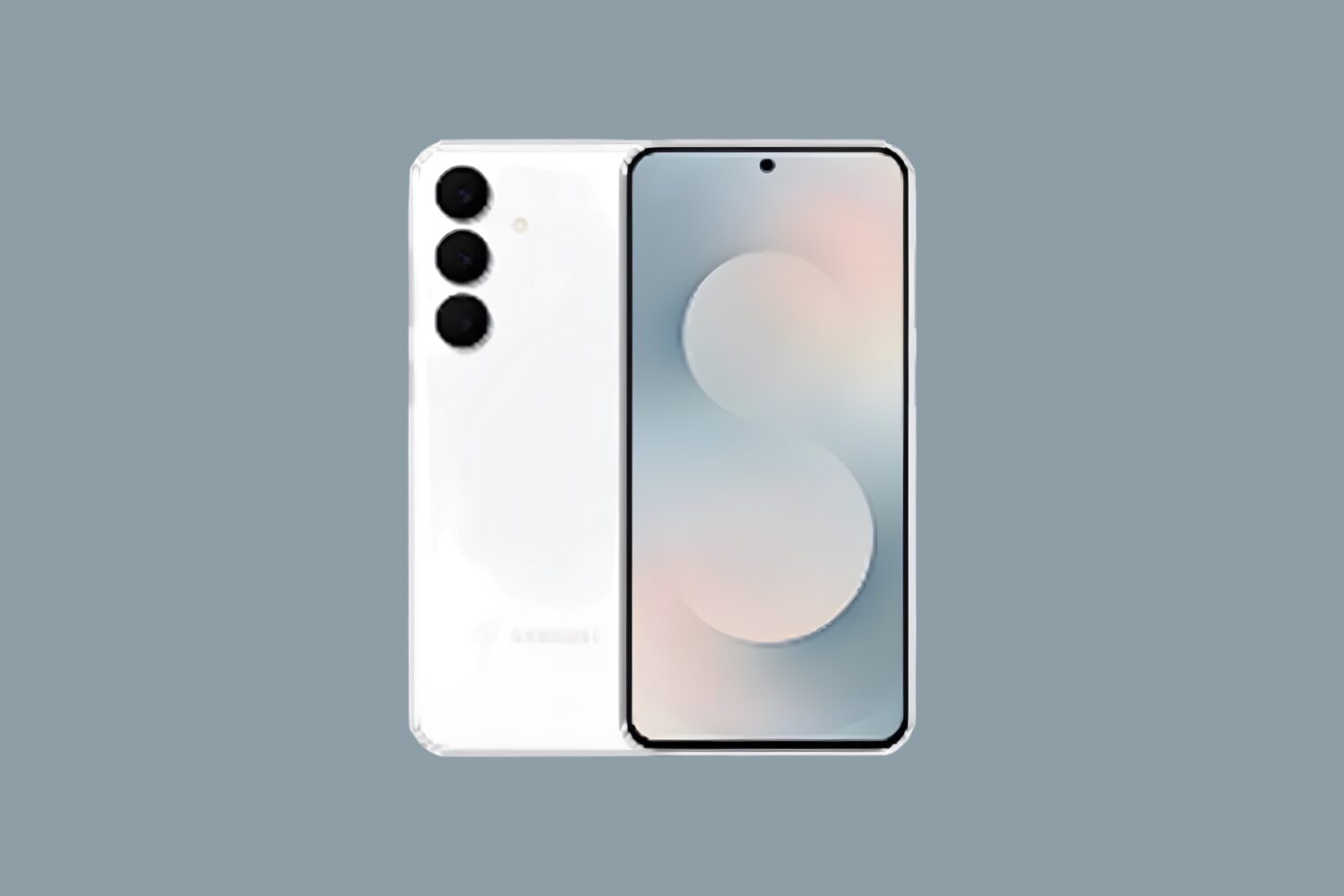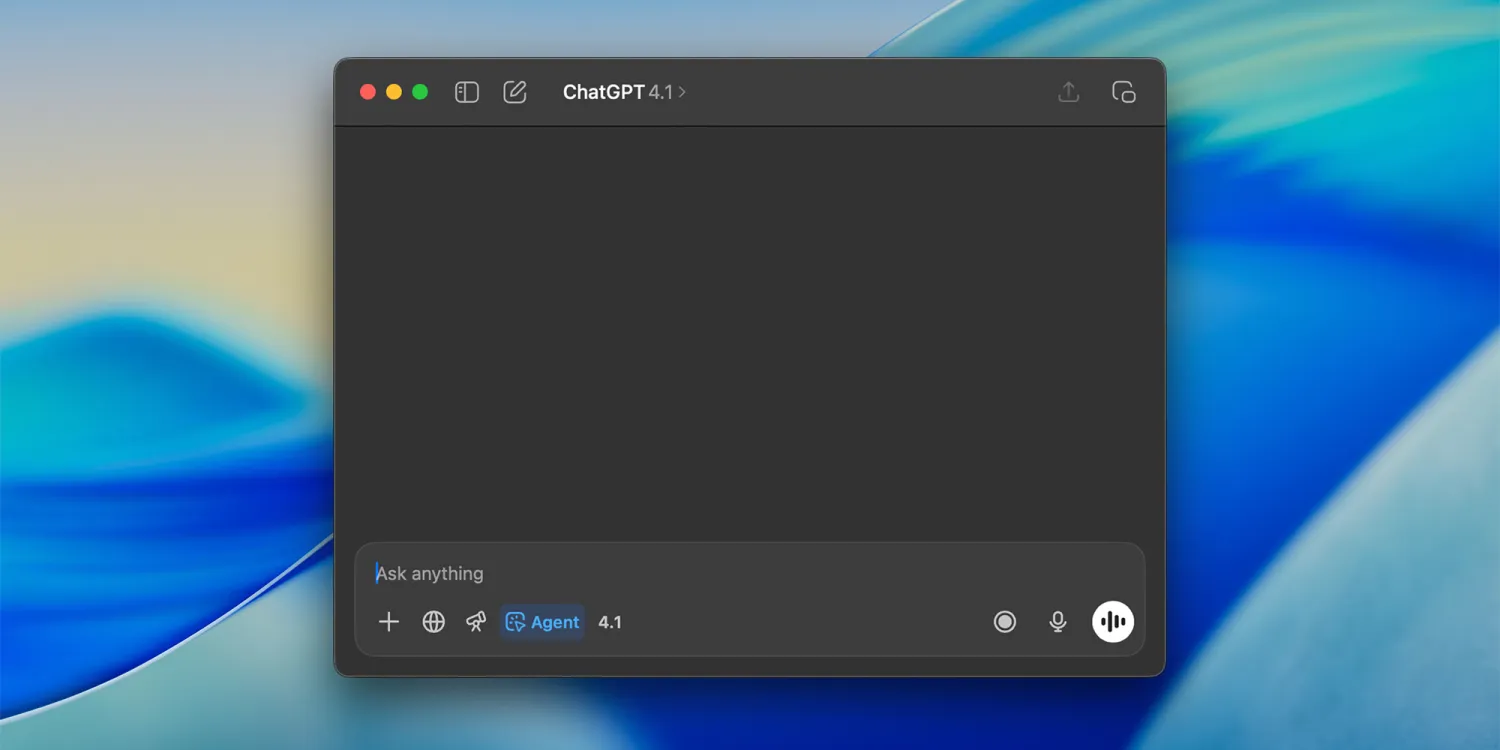Tom Conrad has officially been named CEO of Sonos, ending a six-month interim period that began in the wake of a difficult chapter for the company. The appointment was confirmed on July 23, 2025, as Sonos attempts to regain footing after a troubled 2024 that included a widely criticized app overhaul and a subsequent leadership shake-up.
Conrad, who joined the company’s board in 2017, stepped in as interim chief executive earlier this year following the resignation of Patrick Spence. Spence exited shortly after backlash surrounding Sonos’ app redesign, which drew user frustration over removed features, sluggish performance, and a lack of backward compatibility. The fallout led to a notable drop in customer trust and prompted a broader reassessment of Sonos’ product and software strategies.
In a message to employees, Conrad framed his official appointment not as a mere title change, but as the start of a more substantial realignment. “Today is the day we begin our reinvention,” he wrote, pointing to a renewed focus on quality, customer experience, and the company’s original values—principles that helped define Sonos as a premium audio brand over two decades ago.
That reinvention is already underway. Under Conrad’s leadership, Sonos has initiated a company-wide restructuring effort, resulting in the layoff of approximately 200 employees earlier this year. The company also ended its collaboration with Ikea on the Symfonisk speaker line, a move that signaled a retreat from certain experimental partnerships in favor of a more streamlined product focus.
In parallel, Sonos has worked to address lingering customer concerns. Notably, the company launched an effort in March to improve its mobile app experience, which included significant software updates for its flagship products like the Ace wireless headphones and the Arc soundbar. These changes were seen as early signs of a pivot back toward user-centric design—a shift many long-time Sonos customers have been asking for.
Conrad brings a product-focused background to the role, including his time as chief product officer at the now-defunct video streaming platform Quibi. While Quibi’s rapid demise left questions about leadership choices, Conrad’s tenure at Sonos—particularly as a board member—has been characterized by a deeper understanding of the company’s core audio audience.
Looking ahead, Sonos faces the challenge of repairing its brand reputation while navigating a rapidly changing home audio and connected device landscape. Its next generation of hardware and software will need to prove that lessons from the past year have been internalized. Whether that means more measured feature rollouts, improved app performance, or better integration across Sonos’ product ecosystem, expectations are high for Conrad’s tenure.
For now, what’s clear is that Sonos sees this leadership transition as more than symbolic. With Conrad now officially at the helm, the company is signaling a return to fundamentals—albeit under more intense market scrutiny.

